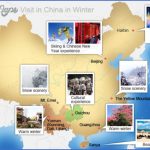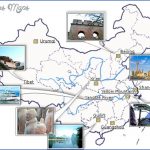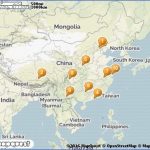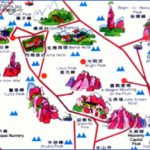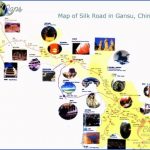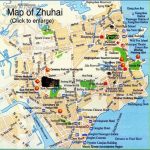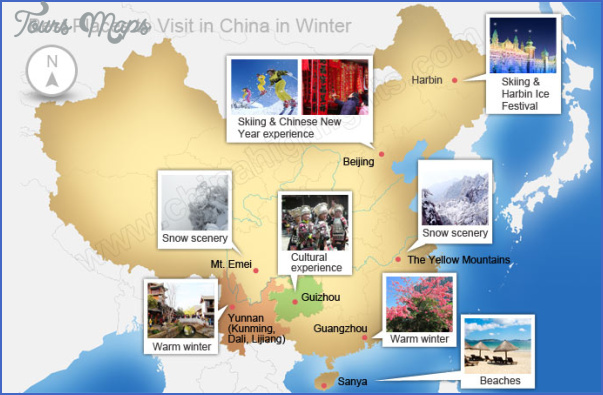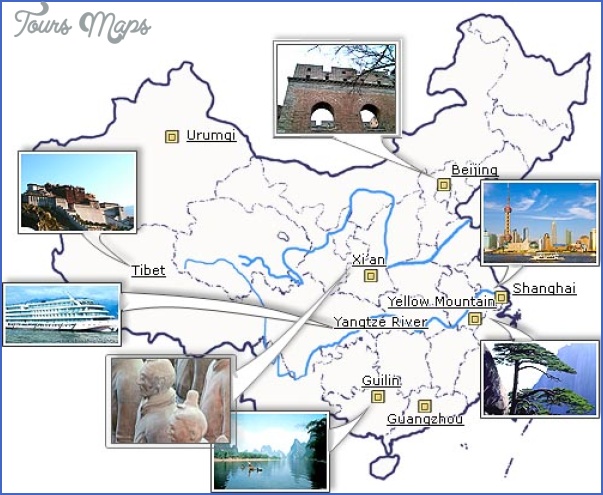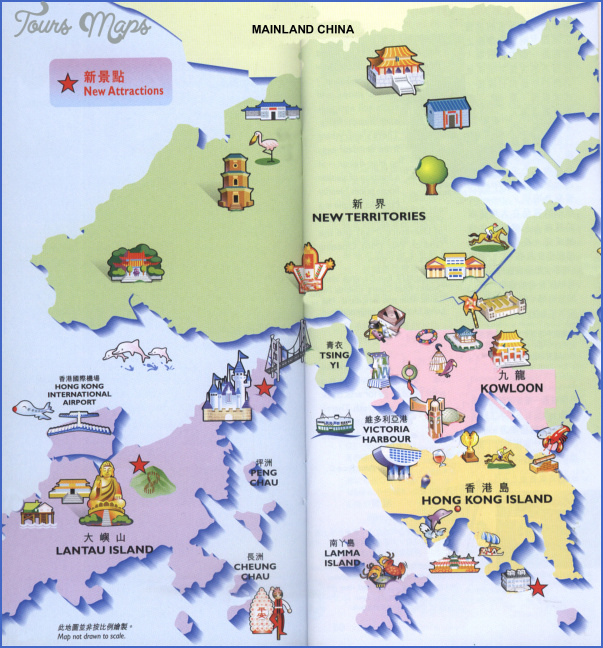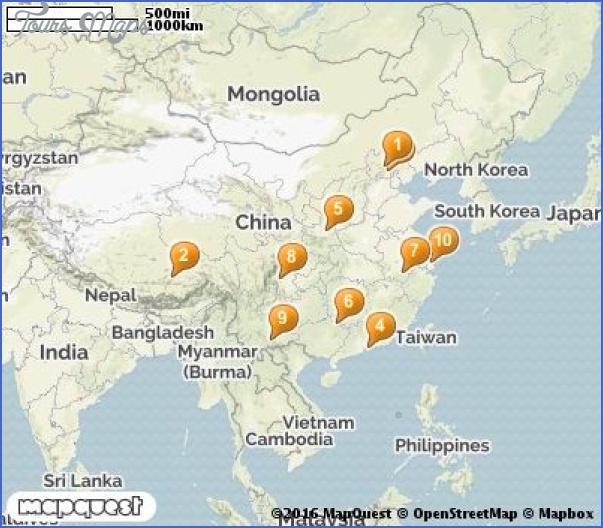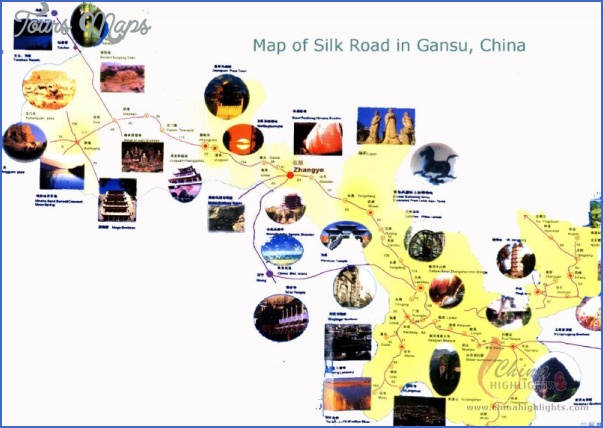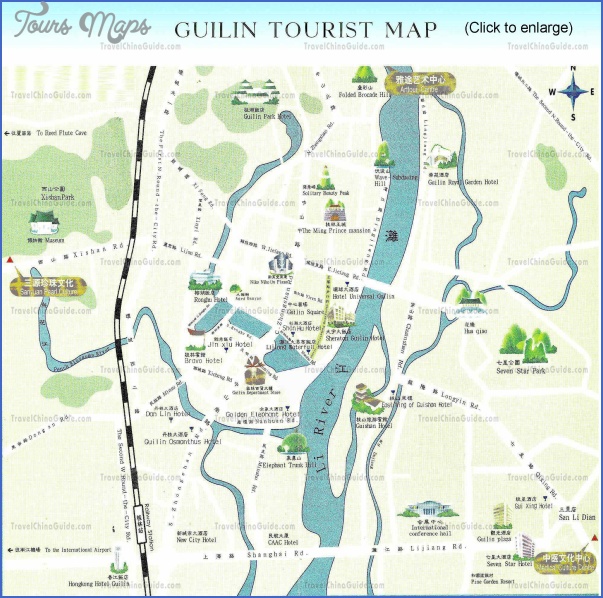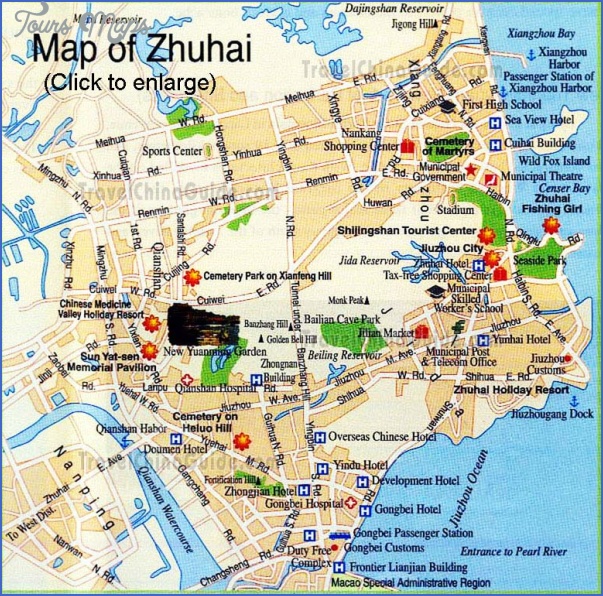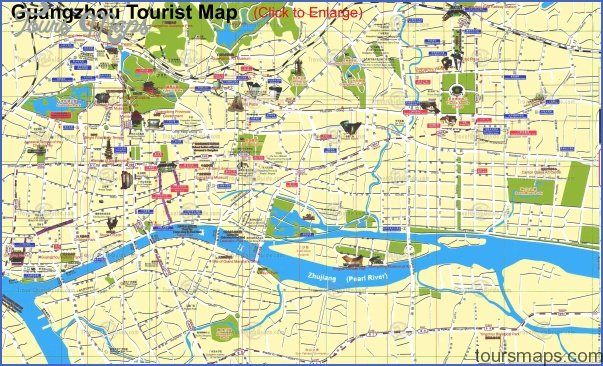Even by the Second World War the progress of Chinese industry had been very slow and in the subsequent decades it developed unevenly under a political system which was inconsistent in its support. There have, however, been some significant achievements considering all the complex social, economic and political difficulties with which the people have had to cope.
After the first phase of modest investment in the steel industry and the development of new industrial centres in the more remote parts of the country, the second phase moved in the opposite direction with the construction of small factories in rural inland areas. This policy suffered from high costs, few technical resources, insufficient skilled manpower, was implemented at a time when the economy was in a poor state and close to crisis and it was soon adjudged to have failed. In the subsequent phase the emphasis shifted to light industry and the processing of raw materials such as cotton and silk. Heavy industry
Agricultural produce Livestock Forestry Development was subject to qualitative and quantitative improvements and was concentrated in certain key’zones.
The political tensions engendered by the Cultural Revolution certainly had a detrimental effect on the realisation of economic projects. After Mao’s death the Chinese economy took a new turn with liberalisation, the promotion of private initiatives, the encouragement of foreign capital, the development of international trade and the acquisition of advanced Western technology. Centralised planning also had a reduced role. However, the smaller enterprises, mostly in the coastal regions, were instrumental in raising industrial production. The suppression of the student movement in 1989 interrupted the economic upswing within the private sector, but fortunes quickly improved again.
Situation Industry contributes the largest share to the gross domestic product(48%). With an annual growth rate of 18%, 1994 brought a continuation of the boom conditions of preceding years, the main stimulus for growth coming from private sector industries, particularly in the coastal provinces. Co-operatives in the consumer goods industry who had until then only been allowed to manufacture goods for export were now able to market their goods in China. Although state-run companies are subsidised, most of them make losses. Some change of ownership has indeed taken place, but radical restructuring remains unlikely for ideological reasons and for fear of the social instability likely to result from mass redundancies.
Mineral Mining plays a key role in the industrialisation process. China, a counresources try rich in raw materials, China tourist attractions map relies heavily on coal of which there are believed to be huge deposits. Chinese miners produce more coal than any other nation in the world, but aluminium, bauxite, gold, lithium, manganese, nickel and tin are also produced in large quantities. As well as the traditional heartlands of the coal mining industry in the north-east around Fushun and Tangshan, there are coal mines in the northern and central provinces of Shanxi, Shaanxi, Hebei and Anhui and the southern provinces of Sichuan and Jiangxi. Despite the plentiful reserves, new coalfields cannot be exploited quickly enough to meet the rapidly increasing demand.
Oil reserves are also substantial. In the west and south-west (Yumen/ Gansu province) all the reserves were exhausted by the end of the 1930s. New oilfields have been discovered in the north-east near Harbin and also under the sea.
China tourist attractions map Photo Gallery
Maybe You Like Them Too
- The Best Cities To Visit in The World
- World’s 10 Best Places To Visit
- Coolest Countries in the World to Visit
- Travel to Santorini, Greece
- Map of Barbados – Holiday in Barbados

